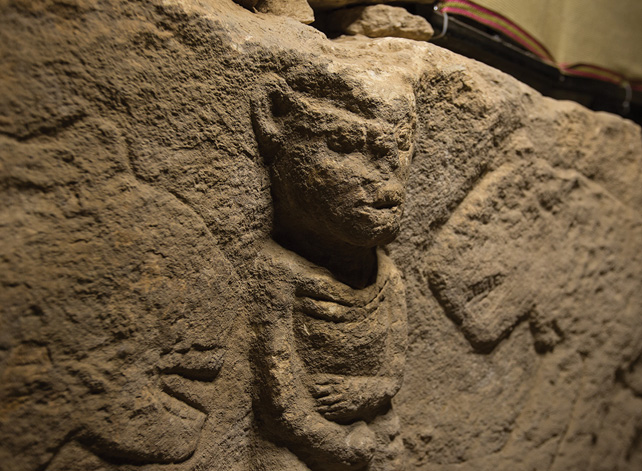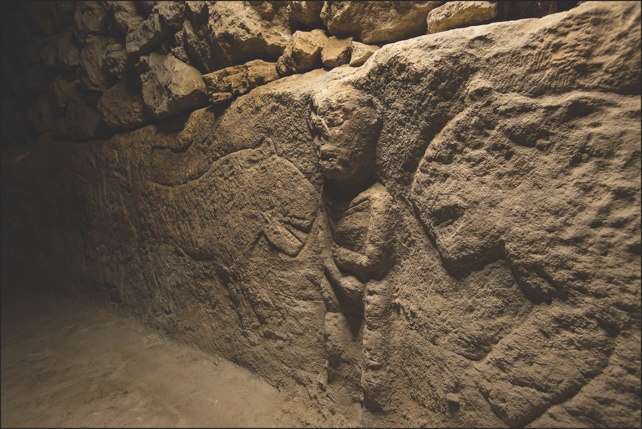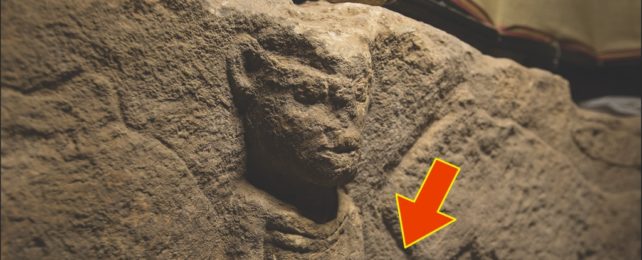An 11,000-year-old wall carving discovered in Turkey has a strong claim to being the oldest narrative scene we've found yet, according to new research – though it's not something that you'd want to gaze at while you're at work or when there are children present.
The carving depicts two separate scenes on adjacent stone blocks, suggesting a progressive story. They both have the same theme: humans threatened by dangerous animals.
We have a male human holding his phallus while leopards approach, teeth bared, on either side – that's the NSFW one.
On the other panel, a squatting male human is holding a rattle or a snake, facing off against a bull with a large horn.

That the teeth and horns of the animals are emphasized highlights the level of danger in the scene, says Eylem Özdoğan, an archaeologist from Istanbul University in Turkey and author of the new paper describing the carvings.
However, it's not clear precisely what story these carvings are trying to tell – so use your imagination.
"These figures, engraved together to depict a narrative, are the first known examples of such a holistic scene," says Özdoğan. "This was a picture of the stories that formed the ideology of the people of that period."
The find is from a site known as Sayburç, located beneath a modern village in the Şanlıurfa Province of Turkey.
This site would have been inhabited back in the Neolithic period, during the 9th millennium BCE – an important time of transition as people traded in roaming hunter-gatherer lifestyles for farming settlements that were more fixed.

Several residential buildings and a large communal structure have already been found at the site. The larger structure, with benches around the wall, is likely to have been used as a gathering place.
It's on the backs of some of these carved benches where the narrative pictures have been found. Such prominent positions in terms of the artwork's location suggest that the figures in the stories were important historical or mythical people and that these tales were well-known in the community.
"This building has all the characteristic features of the communal structures in the region," says Özdoğan. "In this structure, as in other similar ones, animal and human images were found. However, here the characteristic figures of the period coexist and form a scene."
As the large communal building is still being excavated, there might be more panels to find – though it remains to be seen if they're quite as explicit (at least by modern standards) as this latest discovery.
When it comes to narrative scenes, that's, of course, open to interpretation. The oldest artwork found to date is the 44,00-year-old painting of pigs and animals found on the island of Sulawesi, although it doesn't have multiple panels like the Sayburç site carving. The oldest example of drawing we've come across is 73,000 years old, meanwhile.
What makes the finding particularly interesting for experts is that it provides such a clear look back through thousands of years of history: We can take educated guesses at the past through artifacts, but you can't beat an actual story.
"Archaeological evidence can provide some insight into the traditions of the past societies, but clearer evidence rarely survives, so this discovery is exciting," says Özdoğan.
"Sayburç has very clear evidence in this respect and has the potential to tell us a lot about the Neolithic society that we do not know, yet."
The research has been published in Antiquity.
